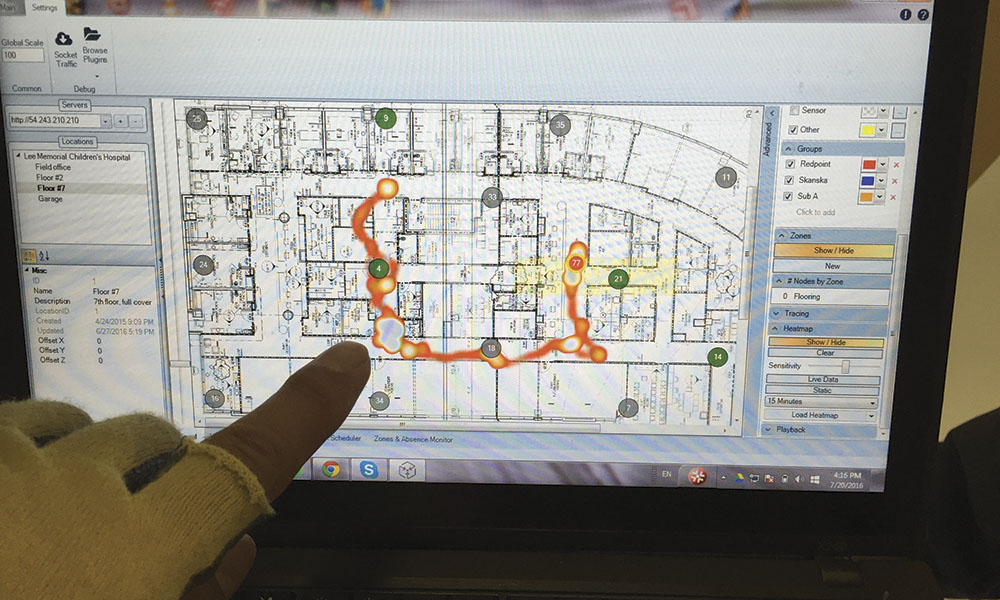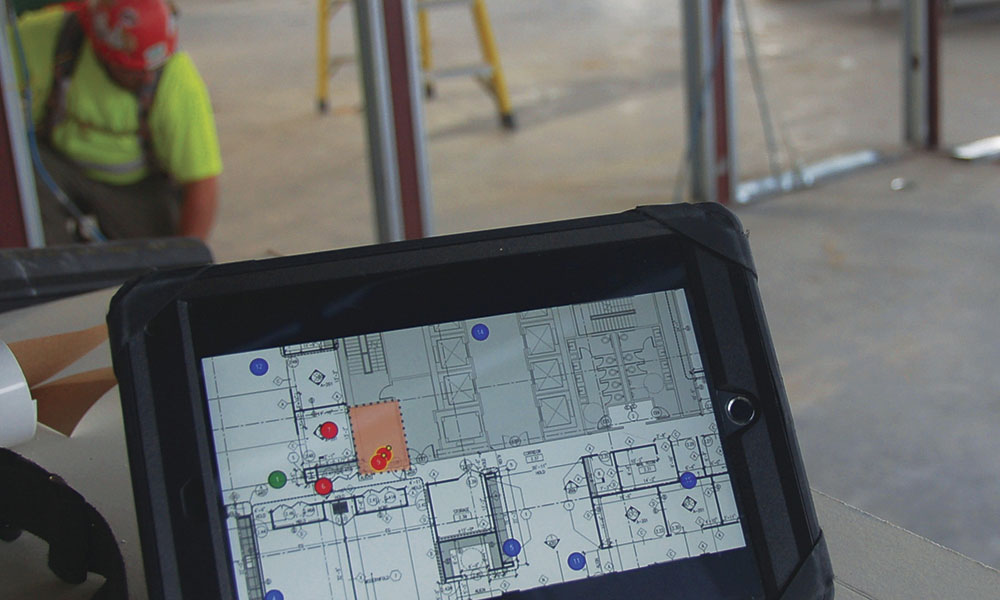The Disruptive Force of Technology Changing The Future Face of Healthcare
By Andrew Quirk
Technology plays a big role in our everyday lives. It is often a disruptive force that can change the way we function as a society and conduct business. This is also having a profound effect on the healthcare sector, enhancing the patient experience.
Patients are using technology to address their healthcare needs in ways that we have never seen before. They are going online to self-diagnose their ailments, and researching potential over-the-counter treatment options, as well as using it to choose a clinician and healthcare facility. Wearables and personal assistive devices are at an all-time high. The Apple Watch was recently announced as “the most-used heart rate monitor in the world” and is racing to become the personal biometric device of choice — helping individuals to warn of potential health threats or monitor known issues.
Patients expect technology to be seamlessly integrated into the healthcare experience, so they can participate more fully in their care.
From the growth of urgent care facilities, which allows patients to book appointments online, to care outside of a doctor’s office or hospital through remote patient communications, such as telehealth, enhancing the patient experience through technology is real and rapidly growing.
The same can be said for how healthcare facilities are being designed and built. New technologies — from tools that serve as indoor GPS tracking systems that help to better understand doctor and nurse workflows to virtual reality, which can simplify design choices, clarify assumptions to conceptual estimates, accelerate decision-making and promote stakeholder buy-in and collaboration — are playing a big role in the creation of the healthcare facilities of the future.
As the delivery of healthcare in America moves toward more accountable care models, driving efficiency and enhancing the patient care experience is imperative. This is also true for the renovation and construction of new healthcare facilities, which is leaning more on technological advances to build more efficiently, safely and with greater purpose.
Following are three technology trends to watch in healthcare planning.
Trend #1: Technology enhancing the patient experience
Talk to any hospital CEO about areas they are focused on improving and they are likely to include patient satisfaction and quality of care high up on their list. Hospitals have always cared about the patient experience yet, due to the shift in healthcare reimbursements, it is not only a moral obligation, but also an essential business need. This can be seen in the form of patient satisfaction surveys. If a hospital does not score well on quality and patient experience, then it can affect their reimbursements.
In the age of the Internet of Things, new technologies and connected devices are quickly moving into the healthcare sector. Concepts like remote patient monitoring, electronic medical records and secure email communication between clinicians and their patients are fast becoming the norm.
Seeing a doctor without stepping foot into a hospital or healthcare facility was once an unimaginable thought, but is now a reality. Other concepts of remote healthcare are available, such as Doctor on Demand, which allows 24/7 video doctor visits via a smartphone or tablet, making it easier and less expensive for patients to see a doctor faster and from the comfort of their own home.
At a time when the U.S. healthcare system is being scrutinized, technology is not only making it easier and faster for patients to get care, but also providing a more efficient way of treating ailments and severe and chronic illnesses.
Trend #2: Technology + building healthcare facilities of the future
Technology continues to find its way onto construction jobsites. New tools from cloud computing and virtual reality to drones and IoT sensing devices are helping construction project teams collaborate more effectively and build more efficiently, while limiting dangerous situations for workers.
These innovations are being applied in building healthcare facilities. Tools like real-time location systems, which are often referred to as “indoor GPS,” allow personnel and assets to be tracked and monitored on a jobsite in real time via a mobile device. Tracking systems like this, however, aren’t new to the healthcare industry. They’ve been used for many years, and tend to be fairly specific in how they have been deployed — to track, say, the whereabouts of a kidney dialysis machine or securely look after high-risk patients with dementia who have a tendency to wander.
Interestingly, tracking systems are growing increasingly more useful, from early in the project lifecycle to the completion and permanent installation in healthcare facilities. The tool has helped architects optimize design aspects too, with the ability to create “heat maps” to see where people travel and congregate, and where bottlenecks exist.
Recently, an RTLS pilot program rolled out at Lee Memorial Hospital in Fort Myers, Florida. Skanska partnered with Redpoint Positioning, an RTLS technology firm, to use the tool at the onset of construction of a new eight-story tower. The technology was used to track who was on the site at all times, and as a safety and security component.
For this pilot, the goal was to validate that the system could work in a building site of this scale across multiple floors. Volunteer personnel from different trades and Skanska employees were tracked during the day as they performed their work and safe work areas were set up in the system with the help of a virtual exclusion zone. The analytics retrieved from the pilot indicate that RTLS may help improve productivity and enhance individual environmental awareness. However, findings did reveal that access to reliable internet is one of the major challenges for RTLS on active construction sites, considering these environments are transient and ever-changing. While this technology is still in its infancy for construction, future pilots are planned with next-generation hardware and improved software, connectivity and analytics.
Trend #3: Technology + planning and operating facilities
The design and medical communities are utilizing geospatial planning and perhaps, more specifically, geospatial intelligence to better plan and operate facilities, as well as those planned for future care. GP and GI work hand-in-hand. GI is a tool to gather data and analytics that in turn is used to better inform the planning process.
While not a completely new form of planning — remember the phrase “form follows function” — the use of the data created from real-life scenarios to shape our environments is. While as a society we create billions of unique bits of information daily through devices such as the iPhone, the healthcare industry is a major contributor to the data overload.
Driving efficiency in everything that happens in the healthcare environment is the goal. Touching and analyzing as many data sets directly impacts outcomes from square footage to energy usage. How this information is implemented into the built environment by designers and constructors directly impacts clinical outcomes and the financial well-being of the caregiver organization.
Author: Andrew Quirk
Andrew Quirk is senior vice president and national director of the Skanska USA Healthcare Center of Excellence.
Posted February 4, 2018
More Articles:
- Coverings 2024
Apr 22, 2024 – Apr 25, 2024 - Hospital, Outpatient Facilities & Medical Office Buildings Summit
Apr 25, 2024 – Apr 25, 2024 - CxA Workshop & Exam
Apr 29, 2024 – Apr 30, 2024 - EMP Seminar & Exam at CxEnergy 2024
Apr 29, 2024 – Apr 30, 2024 - CxEnergy
Apr 29, 2024 – May 2, 2024 - PHCC West 2024
Apr 29, 2024 – May 2, 2024 - Lean in Design Forum 2024
May 1, 2024 – May 2, 2024












